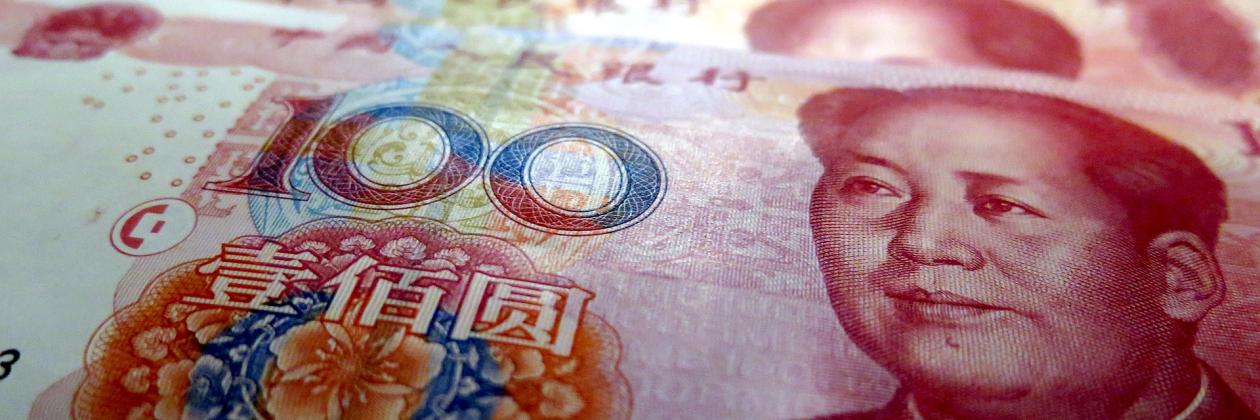GEG WP 2015/108 The International Lender of Last Resort for Emerging Countries: A Bilateral Currency Swap?
Abstract
This study addresses the following puzzle: why did states in the largest emerging economies (EMEs) in Latin America and Asia not use formal institutions to cope with the 2008 crisis?
The paper argues that to understand this change in monetary responses one needs to consider demand as well as supply factors. Previous studies have predominantly focused on supply factors, i.e. the presence of willing and able international lenders of last resort. However, these studies have neglected the perspective of EMEs in this arrangement. I argue that their preferences were shaped both by past experience (leading to a political stigma against multilateral institutions) and the growing autonomy and economic importance of their central banks.
The paper examines a sample of Latin American and Asian countries (Brazil, Mexico, Colombia, Ecuador, South Korea and Indonesia), analysing how the new patterns of monetary cooperation appeared in two phases: 2008 crisis management (which demonstrated a preference for ad hoc currency swaps) and the post-crisis aftermath (which formalized these swaps into regional arrangements based on networks of bilateral currency swaps). The institutional design of international monetary cooperation is changing towards a more fragmented and multi-currency system.





